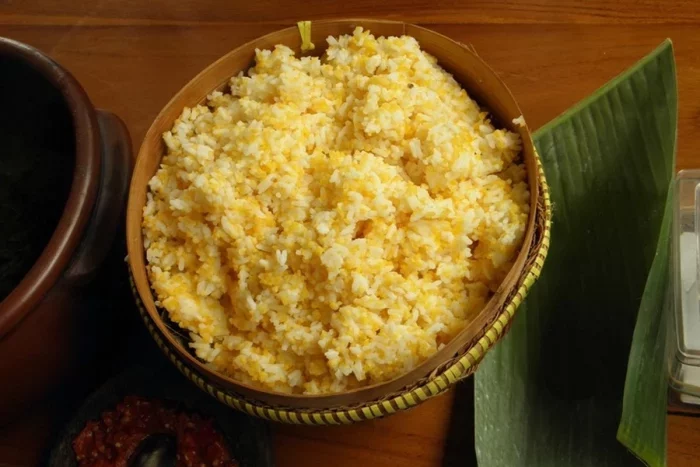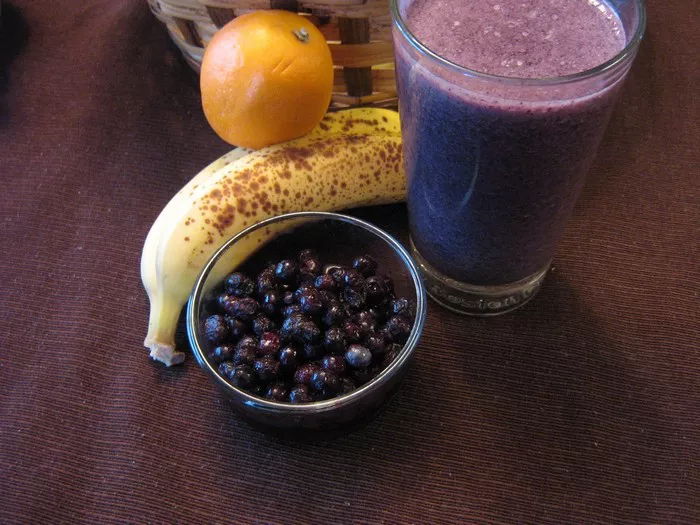Custard powder is a pantry hero that often flies under the radar. Composed primarily of corn starch, sugar, flavorings, and colorings, it serves as a convenient, egg-free alternative to traditional custard. Its simplicity and adaptability make it a favorite among home cooks and professional chefs alike. Beyond its classic use in custard sauces, this humble powder can transform into jellies, fillings, and even vegan-friendly desserts. Let’s explore its culinary potential and the psychological satisfaction it brings to cooking.
The Science and Psychology Behind Custard Powder
What Is Custard Powder?
Custard powder originated as a shelf-stable substitute for egg-based custards. Its primary ingredient, corn starch, acts as a thickening agent when heated with liquid. Combined with sugar and vanilla flavoring, it replicates the creamy texture and sweetness of traditional custard without requiring eggs. This makes it ideal for those with dietary restrictions or for simplifying recipes.
Why We Love Custard
Custard evokes nostalgia and comfort. Psychologically, creamy textures and sweet flavors trigger dopamine release, associated with pleasure and reward. For many, custard-based desserts like trifles or puddings are linked to childhood memories or celebratory meals, creating a sense of emotional warmth. Its smooth consistency also provides sensory satisfaction, making it a go-to comfort food across cultures.
Culinary Creations with Custard Powder
Classic Custard Sauce
The simplest use of custard powder is in creating a velvety sauce. Mix 3 tablespoons of custard powder with 2 tablespoons of sugar, blend with 300ml of milk, and heat until thickened. Add vanilla extract for depth, and pair with fruit, pies, or steamed puddings.
Pro Tip:
For a vegan version, substitute dairy milk with almond, oat, or coconut milk. The starch in custard powder ensures a consistent texture regardless of the liquid used.
Custard Jelly
Transform custard powder into a wobbly, playful jelly. Hiroko’s recipe combines custard powder, sugar, and milk, heated until thick, then chilled in molds. The result is a firm yet creamy dessert that pairs beautifully with caramel sauce or fresh fruit. Avoid condensation during setting to maintain its texture.
Why It Works:
The starch gelatinizes when cooled, creating a stable structure. This process mirrors the science behind jelly desserts but with a richer mouthfeel due to the milk base.
Custard in Baked Goods
Custard powder isn’t limited to sauces. Use it to elevate pastries:
Custard Slices: Layer ready-made custard between puff pastry sheets, top with icing, and slice for a quick treat.
Cake Fillings: Mix custard powder with whipped cream for a stable, flavorful layer in cakes or eclairs.
Global Inspirations
Custard powder adapts to regional tastes:
South Asian Fruit Trifles: In Pakistan and India, custard is layered with jelly, sponge cake, and tropical fruits for festive desserts.
European Adaptations: The Dutch “tompoes” uses custard between pastry layers, while British trifles incorporate it with sherry and berries.
Vegan and Diet-Friendly Innovations
Custard powder’s egg-free nature makes it ideal for vegan cooking. Combine it with plant-based milk and agar-agar for a firmer set, or use it in dairy-free ice creams for added creaminess.
The Psychological Benefits of Cooking with Custard Powder
Stress Reduction Through Routine
Preparing custard-based dishes involves repetitive actions—stirring, heating, chilling—which can induce a meditative state. This rhythmic process lowers cortisol levels, reducing stress and fostering mindfulness.
Creativity and Experimentation
Custard powder’s neutrality allows for endless experimentation. Adding matcha, cocoa, or citrus zest to the base mixture engages the brain’s creative centers, boosting mood and satisfaction.
Case Study:
A home baker might infuse lavender into custard for a floral tart, combining tactile (mixing) and olfactory (scent) stimuli to enhance the cooking experience.
Tips for Perfect Custard Powder Dishes
Avoiding Common Mistakes
Lump-Free Mixes: Always blend custard powder with cold liquid before heating to prevent clumping.
Low Heat: Cook over medium-low heat to avoid scorching the starch.
Chilling Time: Allow jellies or custards to set fully in the fridge—at least 4 hours—for optimal texture.
Flavor Enhancements
Spices: Add cinnamon, nutmeg, or cardamom during heating for warmth.
Alcohol: A splash of rum or bourbon elevates adult-friendly desserts.
Texture Play: Top custard with crunchy granola or toasted nuts for contrast.
Conclusion
Custard powder is more than a shortcut—it’s a gateway to creativity. From jiggly jellies to sophisticated pastries, its applications are boundless. Psychologically, it offers comfort through familiarity and joy through experimentation. Whether you’re a novice cook or a seasoned chef, this unassuming ingredient invites you to explore, innovate, and savor every bite.
Next time you reach for custard powder, remember: you’re not just making dessert. You’re crafting memories, one spoonful at a time.
Related topics:
How to Make Asian Dressing for Salad?


























